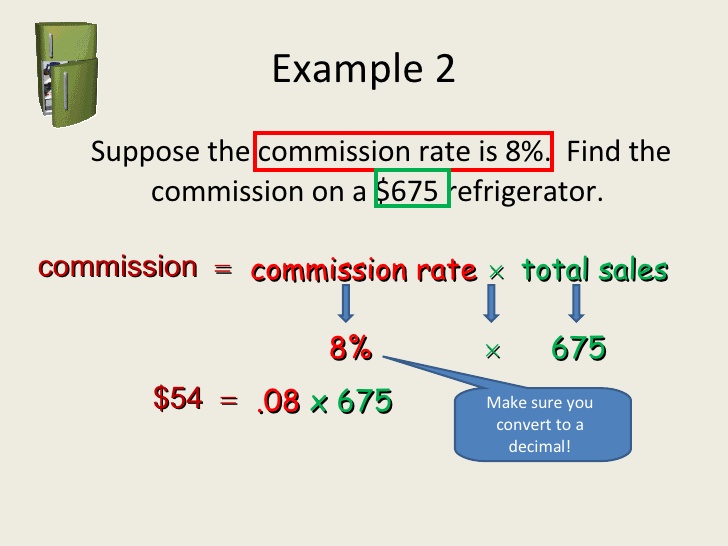
However, as your business grows, negotiating favorable net terms can help improve cash flow and boost your bottom line. The difference between AR and AP to cash inflows and outflows, respectively, is ownership. You may have performed the service to earn it, but the payer still has it in their hands. Additionally, you keep better tabs on outflow when you prioritize spending.
Best Practices to Manage Small Businesses Cash Flow
Is the loan going to pay for itself as you expand services or open a new location? Be realistic and consider interest and other factors you may still need to know. In addition to ensuring payments come in as expected, Thieret recommended businesses have a reserve of cash to cover their business’s operating costs in an emergency. When choosing a savings account, consider one that’s easily accessible, easy to use, and gives you more than 1% for leaving your cash in it, with a low minimum deposit. This can improve your cash position month by month and help you prepare about federal income taxes withheld on wages for any unforeseen impacts on your customers or suppliers.
- But that’s not always feasible, and even the most carefully run business is destined to hit a cash flow snag from time to time.
- Effective cash flow management helps you identify any potential cash gaps and predict shortfalls before they happen.
- With Finmark, you can easily monitor cash flow and forecast your future cash flow position.
- If your business experiences a shortfall, your banker is likely to have many ideas to help you find a solution.
- MLPF&S is a registered broker-dealer, registered investment adviser, Member SIPC, and a wholly owned subsidiary of BofA Corp.
- Smart small business cash flow management is the bedrock for long-term, sustainable growth.
It’s especially important for small businesses, which often operate on a very lean budget. Inflation is also a considerable factor right now, with some 88% of small business owners saying inflation is affecting their businesses, according to Bank free accounting courses of America’s 2023 Small Business Owner Report. The report also found that 26% of small businesses are losing sales, and 36% of owners are planning to pay higher wages to attract or retain employees in this competitive labor market.
Ways to Manage Cash Flow for Your Business
Market conditions, costs, and goals can change, and your cash flow situation will change with them. So updating forecasts and monitoring your cash flow in real-time is crucial. If you need help with your small business cash flow, the following tips can help you do a better job and keep your business on track. Minimizing cash outflow is another way to secure funds for AP, such as reducing utility or management travel expenses.
Take a step back and consider whether the expenditure will boost revenue, reduce costs elsewhere, or even improve efficiency. The key to effectively managing receivables is enforcing payment terms and following up on late payments. Consider offering incentives for on-time or early invoice payments, like a discount for paying within a week. Alternatively, you can try deterrents, like fees or interest for basic accounting terms you need to know late payments. Profitable companies can still experience cash flow issues due to having too much revenue tied up in receivables instead of their bank accounts. But by staying on top of their receivables, management of cash flow is that much easier.
Know your tax obligations

If you haven’t already, don’t forget to grab your free cash flow template. The longer you can put off paying, the more cash you keep in your business at any given time. The last thing you want is to have someone hit up your business for a payment you need to make, only to discover you don’t have enough funds.
Businesses should strive to build a cash reserve as well, because most businesses won’t always be able to fall back on profits, especially during slow seasons or market downturns. A general rule of thumb is to establish a cash reserve that can carry the company for about four months, but three to six months is a good target range depending on the business and its needs. This financial cushion can help businesses rise above shortfalls. However, establishing an emergency fund requires a business has positive cash flow. Consider stowing away profits before planning a growth initiative to ensure you have an accessible reserve if and when needed.
Ask questions and do market research to ensure your expenses make logical sense. Practicing cash flow management is about more than knowing your present financial circumstances. The more familiar you become with your immediate cash flow and trends, the better you will be at creating sustainable progress by predicting the future. You become more attuned to what financial choices best serve your current needs while satisfying your employees, customers and stakeholders. Explore why knowing the nitty gritty details of cash flow management is pivotal in determining your company’s legacy, relationship with B2B and B2C clients and growth potential.

